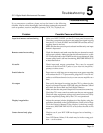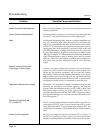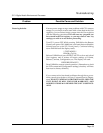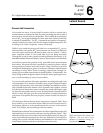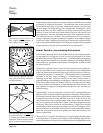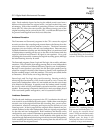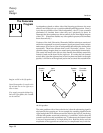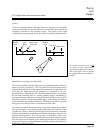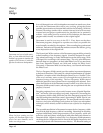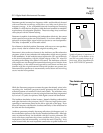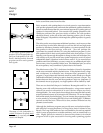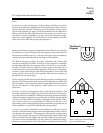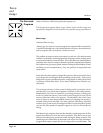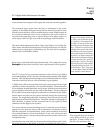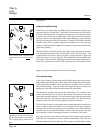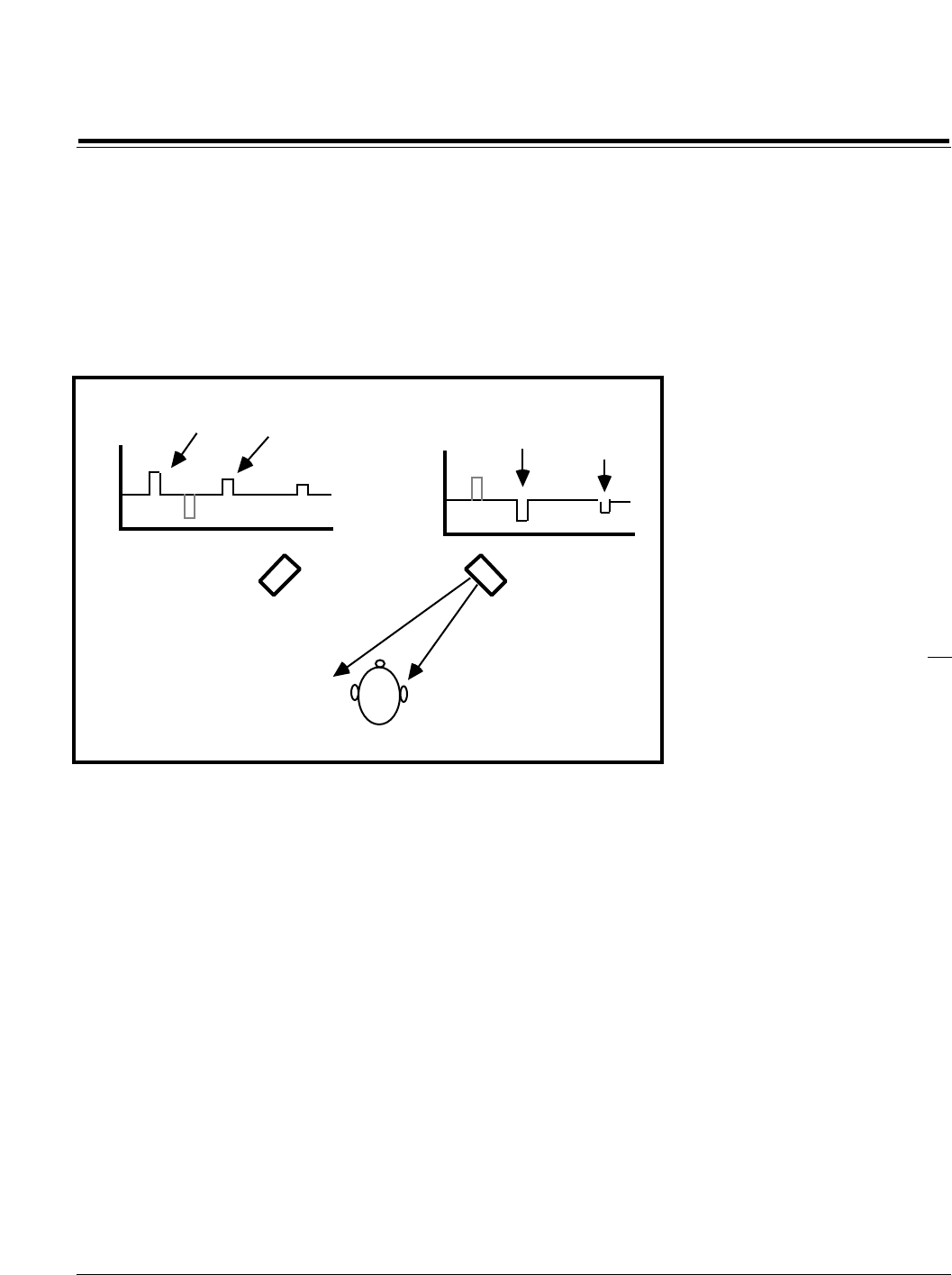
Page 39
CP-1 Digital Audio Environment Processor
signal that is canceling it are eliminated.
This works extremely well when the room is well damped and the listener’s
head is correctly positioned. The first order devices described earlier
required the listener to sit on the center line between the loudspeakers, and
to arrange the angle between the speakers to correspond to the pro-
grammed delay. Although the CP-1 provides adjustments to compensate
for off-center listening and for varying speaker angles, maintaining a
consistent listening position is still important and becomes more so with
increasing frequency. With wide speaker angles, a movement of as little as
1 inch can make a perceptible difference. Fortunately, the effect is usually
fairly good everywhere within a zone about one foot wide.
To achieve the fullest Panorama effect, your main loudspeakers should
have good imaging. The smaller speakers that tend to be used with video
systems may have an inherent advantage here but the most important
requirement is that the two speakers have identical frequency response and
symmetrical dispersion. It is not necessary, or desirable, to turn your
listening room into an anechoic chamber but moving the speakers away
from the walls can be helpful, as can adding absorption (as provided by
carpets, curtains and/or sound-absorbent panels) to reduce the reflectivity
of the floor, walls and ceiling.
quency.
Lexicon’s implementation, called the Panorama program, was designed
using measured data on sound diffraction around the head to shape the
frequency spectrum of the canceling signal. This signal is then itself
canceled by a second signal, and so on, so that both the crosstalk and the
Theory
and
Design
L R
Input
Signal
Speaker
Level
L
Higher order
Correction
First order
Speaker
Level
R
Higher order
L R
First order correction travels to left
ear, where it will be heard unless
canceled by an additional correction.
When these higher order corrections
are supplied, accurate cancellation is
possible.



